

From North to South, along the vast oceans of the world, French coasts are among the most beautiful in the world. They have mild, temperate climates which means that a great many plant options are open to their seaside gardens – botanically speaking!
Take a look at our French selection of seaside garden plants!
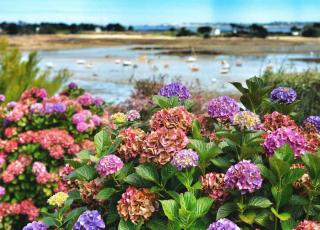
To mirror the blue of the sea, add agapanthus for spherical blue blooms!
Brittany also welcomes plants from tropical areas thanks to the mildness of its weather, too. Every so often, you can glimpse palm trees or banana leaves reaching up over behind private garden walls.
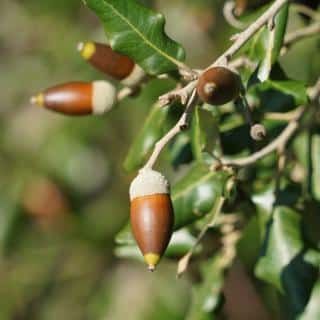
Silvery-leaved fragrant species alternate with bright-colored flowers.
As for trees, you can’t do without an olive tree! Also typical is the evergreen oak and the occasional bougainvillea. From among the many perennials, you can count on lavender, rosemary, statice, thyme, artemisia and helichrysum. Hedges is where oleander serves best with its colorful flowers.
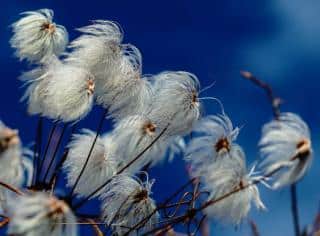
Within these diverse flower beds, foxglove, gaura, pennisetum, viburnum, phlox, daylily, clematis… abound!
Pergolas and arbors are sheathed in climbing roses, and tall trees like willow and beech extend their cool, generous shade. Always remember to plant a couple apple and pear trees for cider, too!
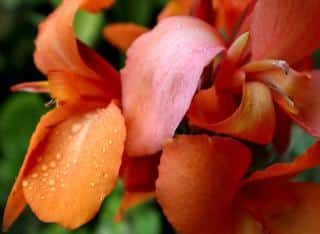
Gardens must make the most of a set of plants that cope well with drought that sandy soil makes more harsh than it would be.
Exotic influences connect with native species, making every garden a battlefield of beauty. Balisiers and Strelitzia sway with the wind. More rigid hollyhock, centaury and chastetree will stand their ground. Heath soil marks another region, together with flourishing conifers, and further south still, ferns are abundant.
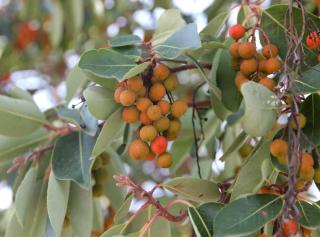
Here is a great selection of salt-and-sand-proof shrubs for your coastal hedge:
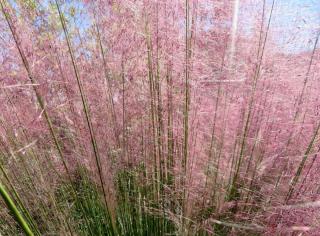
As for appearance, their golden blades seem to merge with the surrounding sand and will complement every growing bed beautifully.
This family of plants has another valuable advantage: it requires practically no care at all. Perfect for a vacation beach house! Stipa grows two feet tall (50 cm) and forms green clumps in spring that turn to gold in summer. Pair it with Miscanthus, the feathery frond grass, and with Deschampsia that has vaporwave vibes. For a sprig of color, your best bet is Muhlenbergia capillaris: it boasts a rare airy-light cloud of pink seed pods in season.